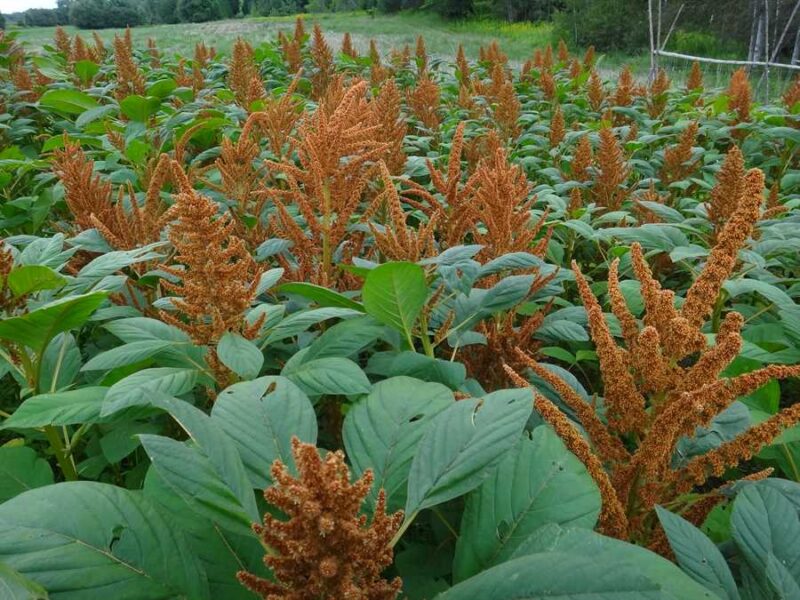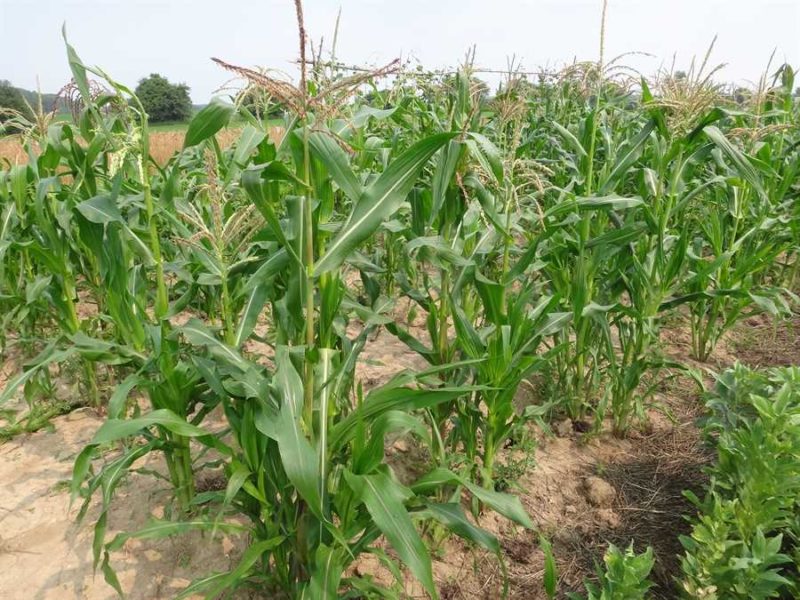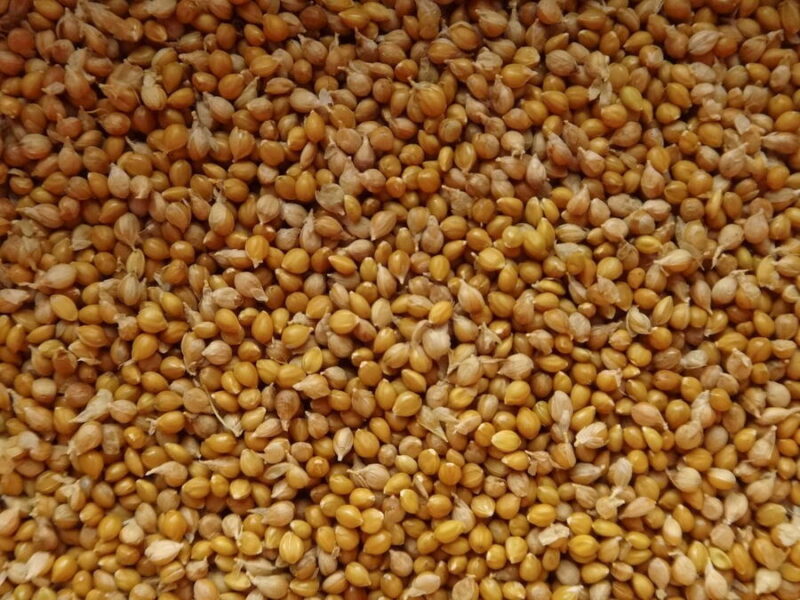-
Amaranth
Amaranth is our most flamboyant crop, hands down. Enormous and brightly coloured, it is both a remarkable ornamental and a wonderful food. It is also exceptional in its degree of increase: each plant produces tens of thousands of seeds. Growing amaranth for grain is very easy. Harvesting, however, is a bit of a trick. The problem has to do with our climate: unlike the parts of Central America where amaranth… -
Corn
(Zea mays) Corn (also called maize) is, far too often, relegated to one of two categories by the gardener. Some see it as only a field crop, grown in huge monocultures and otherwise ignored. Those who do grow it tend to only focus on sweet corn. And that’s too bad, because then you miss the joys of the great variety of dry corns which can be grown at home, but… -
Wheats
(Triticum spp.) Wheat (Triticum aestivum) is a wonderful grain, grown around the world by just about every bread-eating culture. Einkorn (Triticum monococcum), emmer (Triticum dicoccum), and spelt (Triticum aestivum var. spelta) are three grains which are considered to be the ancestors of modern bread wheat. All three tend to retain their hulls when threshed, which makes them harder to use for food, since they must be dehulled before eating. Wheat… -
Foxtail Millet
(Setaria italica) Foxtail millet is an ancient grain domesticated in China or Central Asia thousands of years ago. It is gluten free, and has a phenomenal rate of increase; each plant produces several thousand seeds! Its only disadvantage is that the seeds have hulls which must be removed before eating. We do this by soaking the grain in water for 15 minutes, then pounding it in a large wooden mortar…






